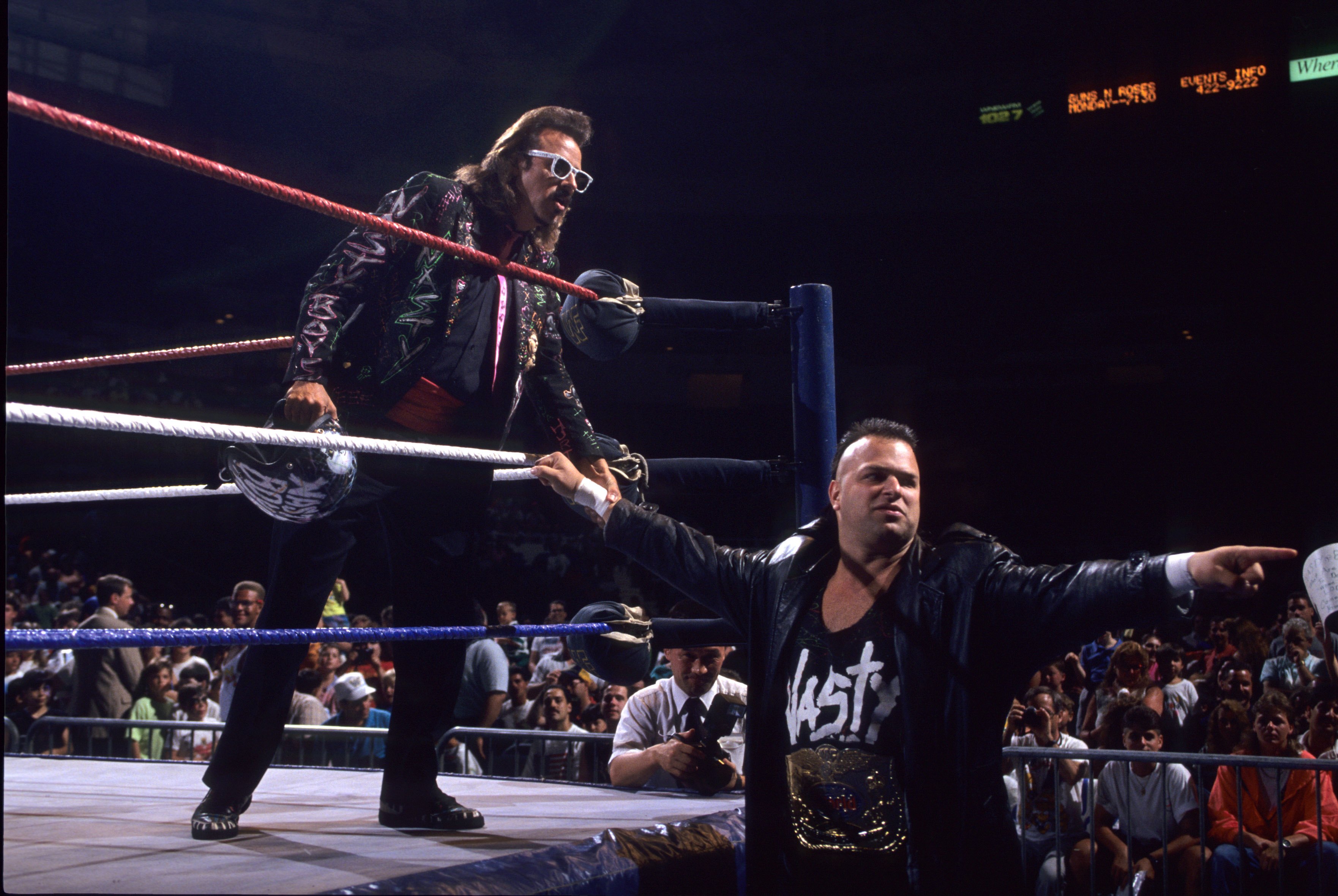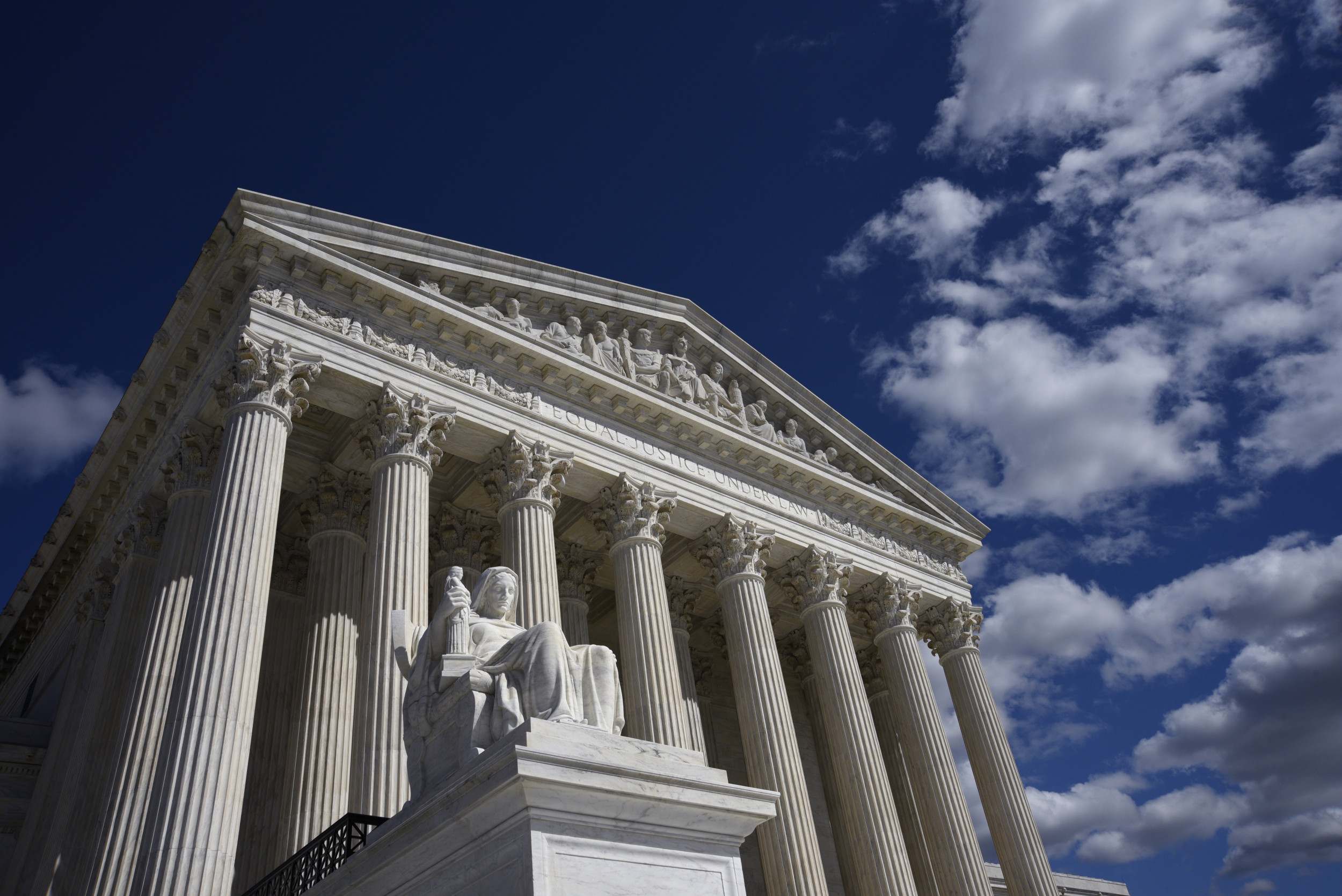An early morning explosion on Tuesday at a site near a General Motors (GM) facility in Brighton, Michigan, damaged two nearby homes but caused no injuries, a fire chief said.
The Tank Explosion
The blast occurred when a tank containing byproducts from oil drilling operations exploded and caught fire. Fire crews were then dispatched to the site, near the General Motors Proving Ground, at approximately 6:40 a.m. local time, according to Brighton Area Fire Authority Chief Michael O'Brian.
Fire crews acted swiftly, using flame-suppressing foam to douse the fire and spraying adjacent tanks with water to prevent further eruptions.
However, the force of the explosion had shattered windows in homes located roughly 500 to 600 feet from the site, leaving residents shaken as witnesses reported feeling the explosion from miles away.
Video footage also captured the dramatic aftermath with flames towering above the site.

According to O'Brian, no injuries were reported following the explosion and no one was working at the site at the time of the explosion.
Meanwhile, in response to the incident near their facility, GM said in a statement they were aware of the explosion, adding: "Thankfully, no one was hurt, and no facilities were damaged."
What Led to the Explosion?
While the cause of the explosion remains under investigation, O'Brian said the tank contained natural gas byproducts of oil drilling and held a mixture of water, a combustible liquid and brine.
"The crews saw a large amount of fire in what we would call a leased area of the proving ground," O'Brian said, per the Detroit Free Press. "Along the proving ground, there are various wells of natural gas and oil...one of the tanks had a catastrophic failure and exploded."
The oil wells and tanks are not owned or operated by GM as the site of the explosion is leased by a third party.
It took crews about 50 minutes to get the fire under control, O'Brian said, pointing out that when dealing with flammable gas or liquid, fire crews use a lot of foam in order to put the fire out.
"Anytime we're working with a combustible, flammable gas or liquid we use a lot of foam," O'Brian said, per the Free Press. "We have the fire out at this time, but there are some small fires we're dealing with due to the natural gas, but we have it all mostly wrapped up."
This article includes reporting from The Associated Press.




















 English (US) ·
English (US) ·